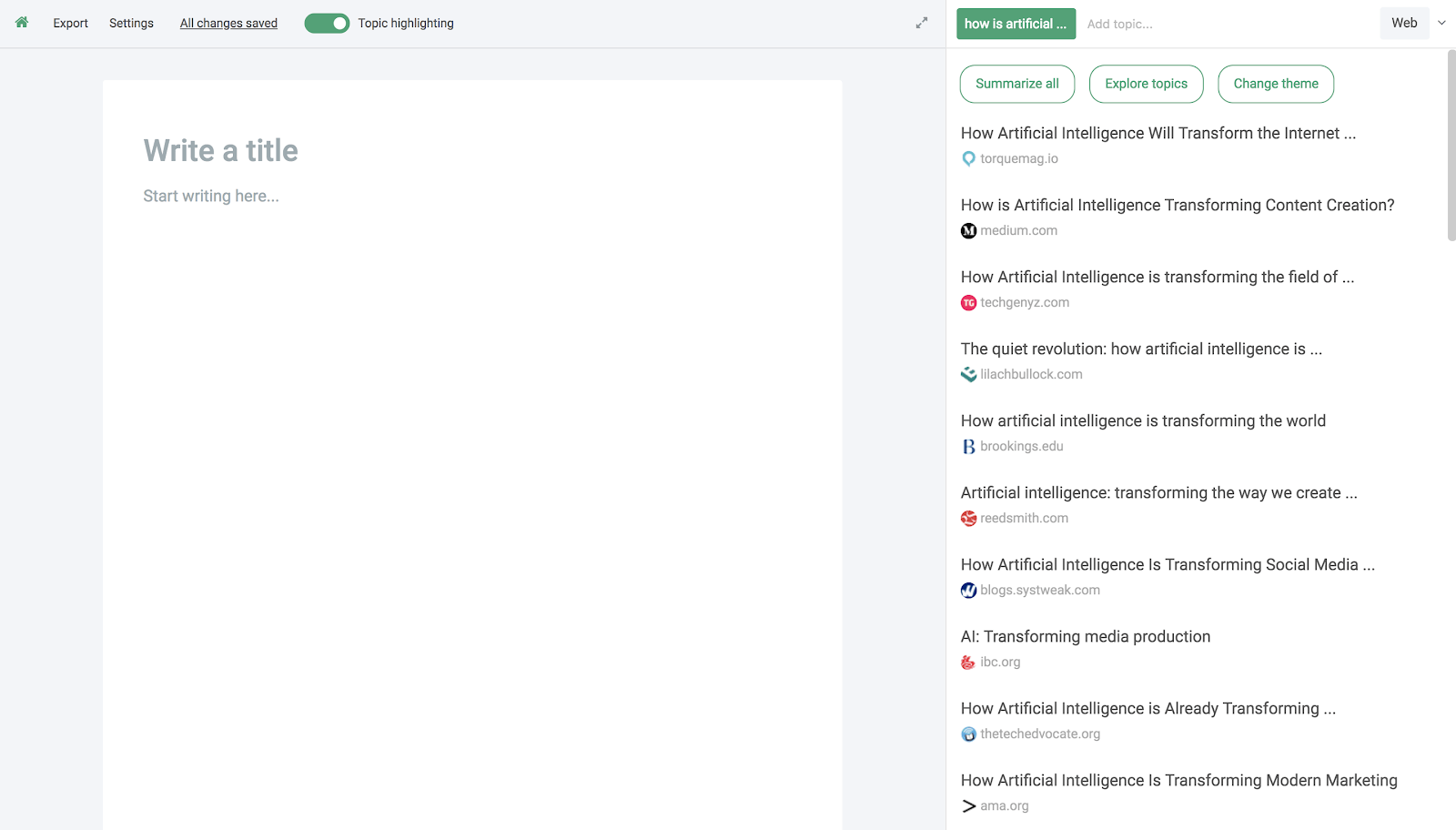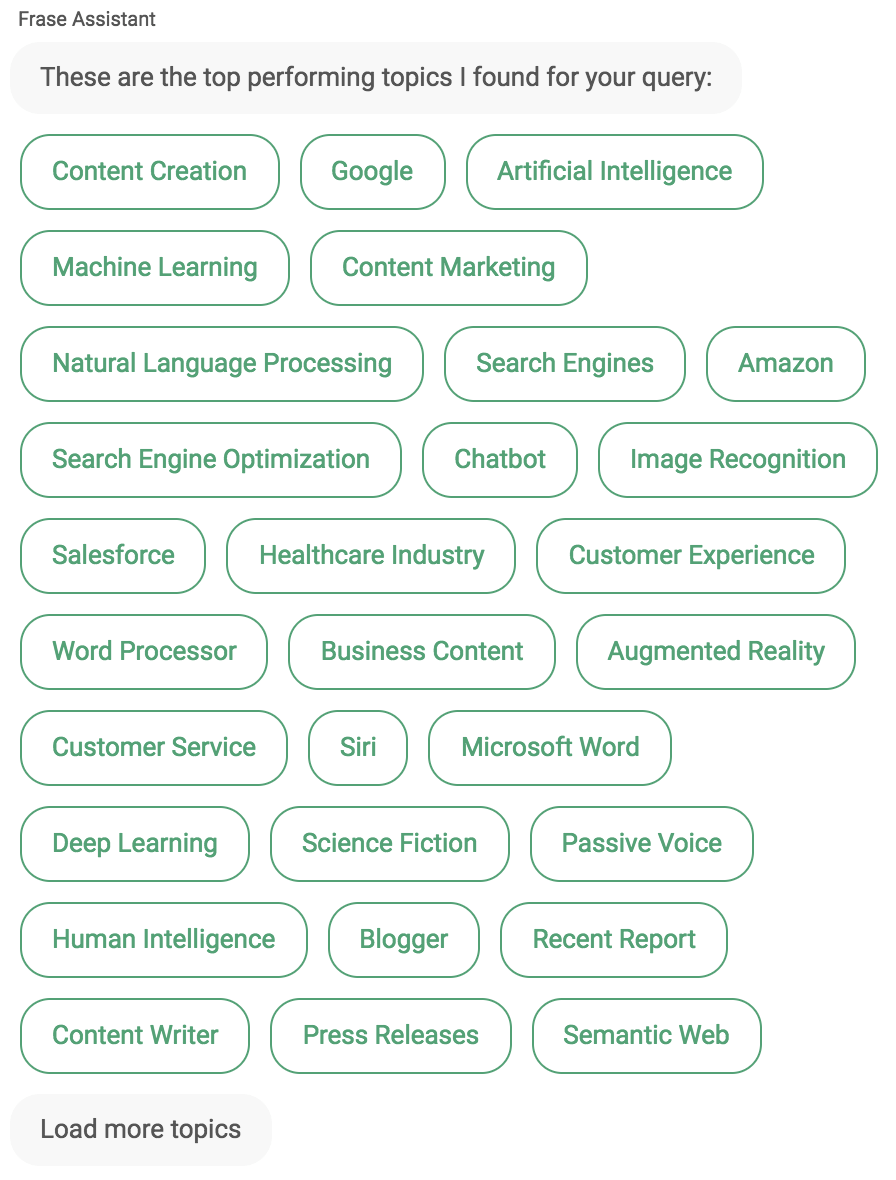“Freelance writer” has been interchangeably used for a laundry list of respective writing professions. Are you a blogger? Some are. Are you a copywriter? Do you moonlight as a script editor? What about artificial intelligence — do you have experience with AI? Some do.
The term has come to mean “street journalist” in the trades industry for me. We, as freelance writers, are all journalists. This is because whatever we cover, we cover the flare of events. We have deadlines. Mostly because the content expires the moment it goes up and not because those who hire us are impatient.
Because our time is so pressed, we all have various routines. However, they follow a basic pattern such as below:
What you do daily
Each writer’s day is different. Mine typically begins with editing existing projects. Only a few moments in the morning are left totally untaxed, and that’s when the best editing happens.
After that, I have three tasks that I must perform throughout the next 12 hours:
#1. Pitching
#2. Research
#3. Sorting
Pitching
Pitching must be done at least 10 times a day each time you have no projects planned. Out of 10 pitches, you may only receive a response to 1. In my experience, this doesn’t reflect a writer’s ability. The vast need for quality content on the internet pressures editorial hires to fit laser criteria.
For me, to manage and make targetable money, I developed a 10% rule. If I pitch 100 times in a week, only 10 may receive a response. I can predict my income for a month or a year using this rule.
The more creative and well-researched a pitch is, the better likelihood it has of being accepted. To create convincing pitches, you need to research the same as you would for an article.
Research
If you want to make better money and have more projects, create stories. Follow stories. Don’t pitch your skills.
Research will take up most of your work time. Research is a never-ending process in a writer’s world. You will casually interview people on social media, through chat rooms, and even in person sometimes. You’ll scrape public records, data logs, and medical journals. You may need to read 500 articles on a similar topic to the one you’re following before you have a firm idea of the style you want to speak in with your own piece.
I keep research briefs in files separate from my other projects. These are written just like articles but have lists of links to sources and footnotes included in many subsections throughout.
To manage time, I will open a research brief in another document and add links to it every time I find a source that is relevant. These files are built constantly, so there is never a shortage of information.
Sorting
This is the most difficult challenge you will face. You need to keep your pitches, briefs, and articles relevant to the trending columns. You only have so much time in a day to work, and you have a life beyond working too.
I set up my work in time blocks. I will dedicate 2 hours in the morning to nothing but editing or 2 hours in the afternoon to nothing but pitching. Even then, this juggling act is more like a circus than what you might consider a more traditional writing schedule”.
This all comes down to one important fact. There is only one of you. Only you are armed against the vast ocean of the internet. With a press-room urgency to react in real-time.
A team of one
In your news team of one, you are the researcher, writer, and editor all at once. Keeping up with the internet machine is like racing horses. Rather than employees, you have tools. Tools that delegate tasks you can’t physically handle by yourself.
All of the tools
At any given time, you probably use five or more tools. When I began my writing career, I used at least three free writing services. Evernote for filing notes and research summaries, Grammarly for editing and proofreading, and various plag scans.
All of these tools were helpful, but none of them increased the efficiency of my performance. They only made my massive workload more convenient.
What I needed was an assistant. I wasn’t in a position to hire one. When I discovered a virtual option, one that had almost the capacity of a human assistant, it was a bolt out of the blue.
Frase: the Research Assistant

When I tried the Frase writing tool, it reduced two entire hours from my normal research time. This was for a light-reporting blog post. Something that normally takes an afternoon to create now took less than three hours to edit and post. It fractionalized the process of elite information creation.
How it works: the basics
#1. Create a document with a theme: for example, say you would like to write a pitch about “how is artificial intelligence transforming content creation?” Frase will use this theme as a baseline topic to recommend sources while you write.

#2. The Research Assistant: based on your document theme, Frase recommends sources on the right-side panel. Scroll over each entry, and you will see a complete summary of that article’s content. This allows you to fast-track the old forensic journalism method of skipping to the footnotes section. Frase has you drafting, editing, and researching sans bias at the same moment.

#3. Discover new topics as you write: Frase allows you to explore the most prominent topics mentioned across sources. This can be a useful feature when trying to come up with new ideas or when writing SEO-optimized content.

#4. Finish editing and share: at all times, all content is editable in the Frase word processor. You may ultimately share a public read-only, download a text copy, or publish it directly to your WordPress site.
Final Review: Frase and the Digital Space Odyssey
Practically, Frase increased the speed at which I research. It also deeply improved the quality of the pitches I sent. I did basic market research within the platform. With the concise summary, I was able to create three pitches at the speed it took before.
This increased vehicle had a more visceral effect on me. One that will profoundly impact the craft itself. Once I realized I had greater mobility with this tool, I realized the sky was no longer the glass ceiling. I now knew that I had the doorway into the digital space odyssey.
Rise of the scientist writer
Information will never be the same again. Less than 20 years into a new millennium and we already see human civilization changed beyond recognition. The Web has become a dinosaur. The display of downward scrolling content has become a dinosaur.
A web content creator of any variety will need to adapt. They must become like a scientist of the internet to keep pace with the change.
How to get Frase
For nDash community members, Frase will come at a special discount code. Use the code “NDASH-20” and receive a 20% discount on a monthly subscription. You can learn more at https://frase.io/
Editor’s Note: This is by nDash community member Rachel Brooks. To learn more about Rachel, check out her nDash profile page.
